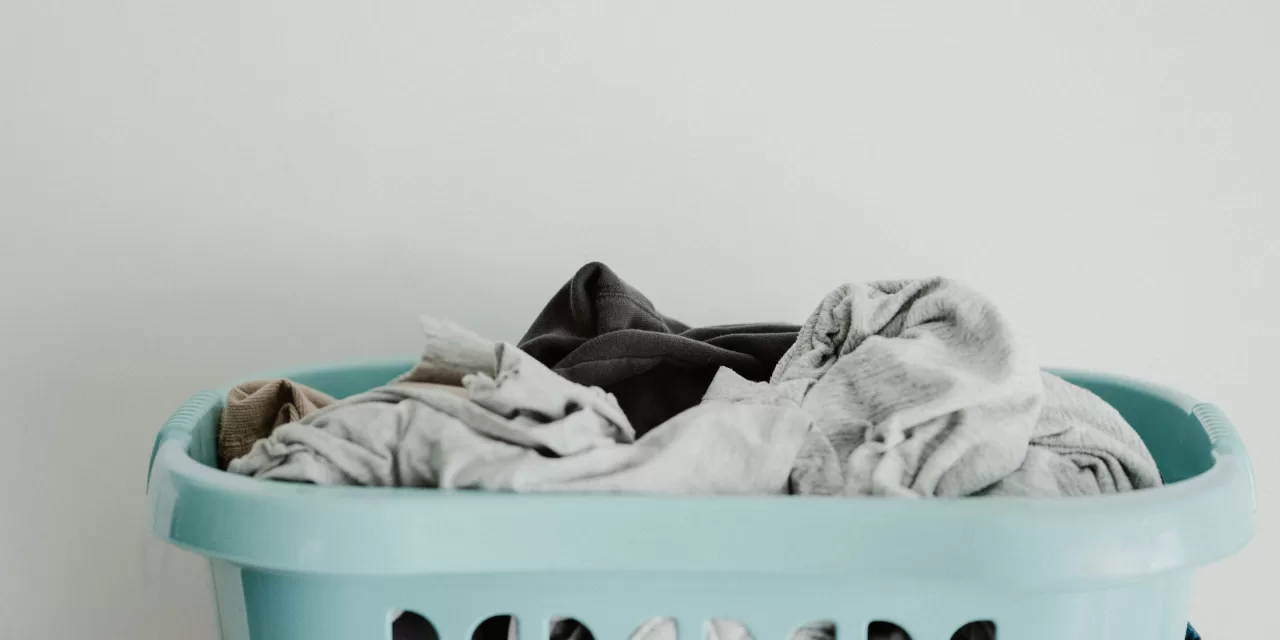As winter storms bring freezing temperatures and strong winds, drying clothes outdoors has become less of an option. With no garden to hang laundry in, many of us turn to indoor drying racks. But what does this mean for our health?
Drying clothes indoors, especially in poorly ventilated areas, can increase humidity levels, creating an environment where mold thrives. Mold is not only unsightly but also a health hazard, particularly when it grows on walls or damp clothing. While it may start as a faint musty smell, long-term exposure to mold can lead to serious health issues.
Mold, a type of fungus, produces tiny particles called spores that can be inhaled into our lungs. These spores grow in damp, cooler environments—places like bathrooms or rooms with high humidity—making them common spots for mold to form.
There are various species of mold, such as penicillium and aspergillus, which are found in many homes. While most of us breathe in small amounts of these spores daily, our immune systems usually handle them without issue. Cells in our lungs, called macrophages, attack and eliminate harmful particles, preventing fungal lung infections.
However, those with weakened immune systems, such as individuals with asthma, cystic fibrosis, or chronic obstructive pulmonary disease (COPD), may face more serious health risks. For people with asthma, fungal spores can trigger inflammation in the lungs, worsening their symptoms. In extreme cases, mold can invade the airways, blocking them and causing lung damage.
The use of antifungal drugs, such as azoles, is common in treating mold infections. But growing resistance to these drugs is a significant concern. Fungal species like aspergillus are developing resistance to azoles, which limits available treatment options. Additionally, environmental exposure to antifungal chemicals in farming is accelerating this resistance, posing a threat to both agriculture and human health.
Worse still, climate change could be exacerbating the problem. Rising temperatures are helping molds become more resistant to antifungal treatments, making infections harder to treat. More mold species are also evolving the ability to thrive at human body temperature, further increasing the risk of infections.
While a healthy immune system can usually handle exposure to small amounts of spores, large quantities of mold spores can still be dangerous. Tragically, in 2020, toddler Awaab Ishak died after prolonged exposure to mold in his home. His death led to the introduction of Awaab’s Law in the UK, which requires landlords to address damp and mold in rental properties swiftly.
The key takeaway is to ensure proper ventilation when drying clothes indoors, especially in the winter. Using a dehumidifier, investing in a heated clothes rack, or simply opening a window can help reduce moisture levels and prevent mold growth. It’s also crucial for landlords and homeowners to monitor for signs of mold and take preventive measures to protect the health of their occupants.
Disclaimer: This article provides general information about the potential health risks of mold exposure. If you are concerned about mold in your home or suspect a health issue, it is recommended to consult a healthcare professional for advice tailored to your individual circumstances.











